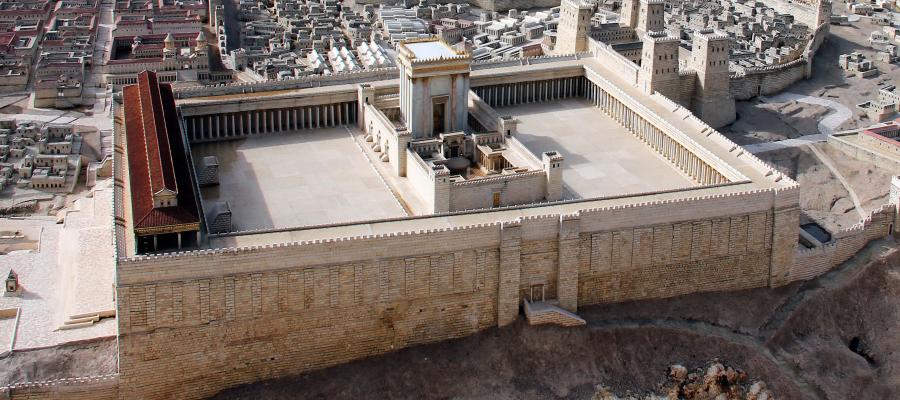
The Glory of God Returns to the Temple
by Father Brian J. Soliven on Sunday February 2, 2025
The Presentation of Jesus in the Temple, celebrated annually on February 2nd, marks a pivotal moment in the life of Christ—a moment rich with theological significance and deep symbolism. This event, recorded in the Gospel of Luke (2:22–40), offers profound lessons about the intersection of human faith, divine promise, and the unfolding of God’s redemptive plan for humanity.
When Mary and Joseph bring the infant Jesus to the Temple in Jerusalem, they are fulfilling the Jewish law, which requires the dedication of the firstborn male to God. At first glance, it appears as a routine, even mundane, act of religious obedience. However, as we dive deeper into the layers of this event, we come to realize that the presentation of Jesus in the Temple is anything but ordinary. It encapsulates themes of expectation, revelation, and the fulfillment of God's promises.
The central figures who reveal the true significance of this event are Simeon and Anna, two elderly, devout individuals who have spent their lives waiting and praying for the fulfillment of God's promises to Israel. Simeon, described as a "righteous and devout" man, is waiting for the "consolation of Israel," the long-awaited Messiah who would bring hope and salvation to God's people. Anna, a prophetess, similarly spends her days fasting and praying in the Temple, anticipating the arrival of the one who would redeem Israel.
What is striking about both Simeon and Anna is their deep sense of expectation and trust in God’s promises. They lived in a world filled with darkness, suffering, and political oppression, yet they held fast to the belief that God would act in history to bring salvation. Their faith was not passive or abstract. It was rooted in a tangible hope that God would fulfill what He had spoken through the prophets.
For Simeon, the moment of fulfillment arrives when he takes the infant Jesus in his arms and declares, "Lord, now let your servant depart in peace, according to your word; for my eyes have seen your salvation" (Luke 2:29-30). This moment is the culmination of a lifetime of waiting, praying, and hoping. Simeon’s joy is not merely personal—his recognition of Jesus as the Savior is a public proclamation that God's promise of redemption is now a reality.
Anna, too, responds to the child with exuberant gratitude, "giving thanks to God and speaking about the child to all who were looking for the redemption of Jerusalem" (Luke 2:38). Her testimony echoes the truth that salvation has arrived not just for a select few, but for all who long for deliverance. Through the faithful witness of Simeon and Anna, the meaning of Jesus’ presentation in the Temple is revealed—not simply as a ritual act, but as the moment in which God's long-anticipated salvation is unveiled. The light of the world has come.







